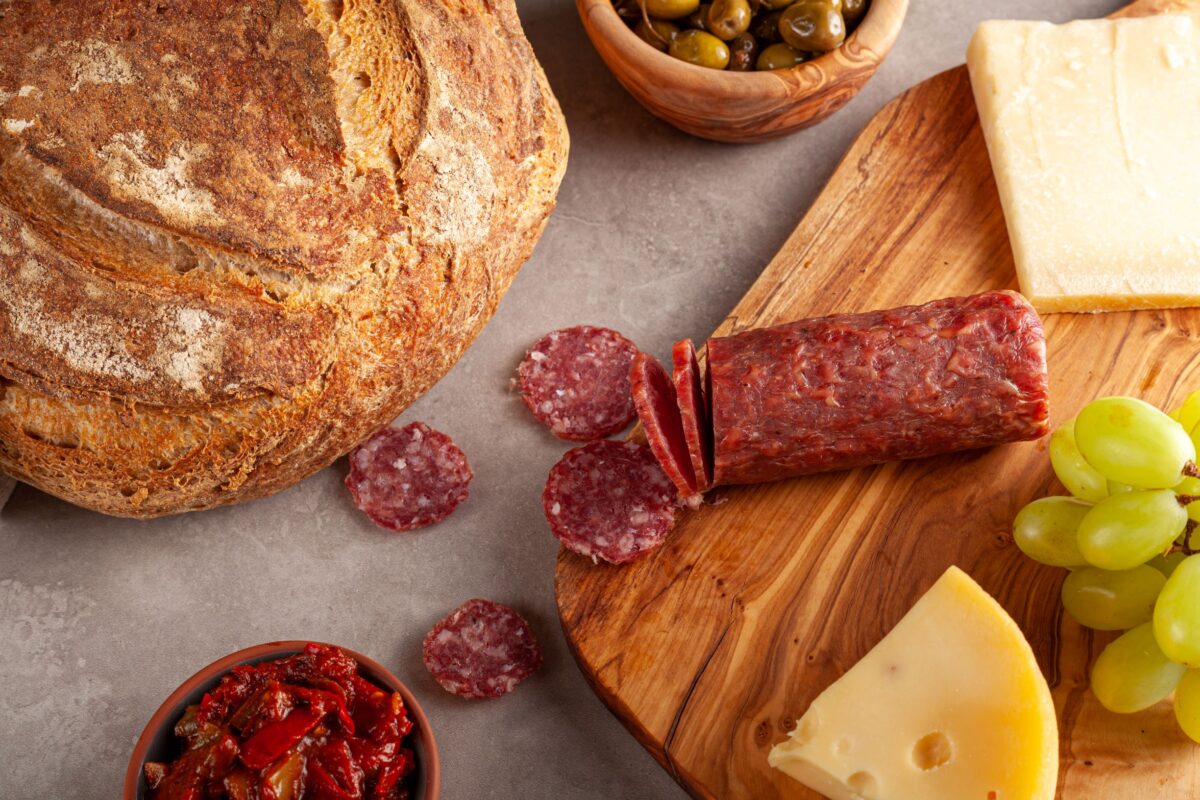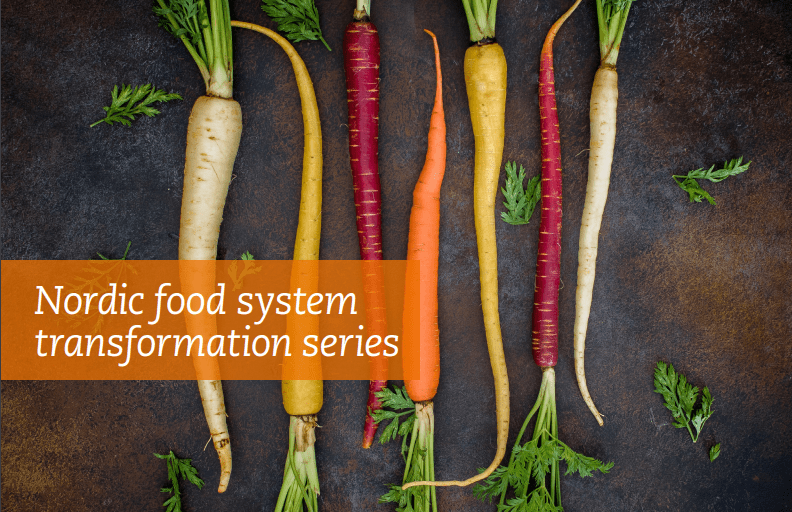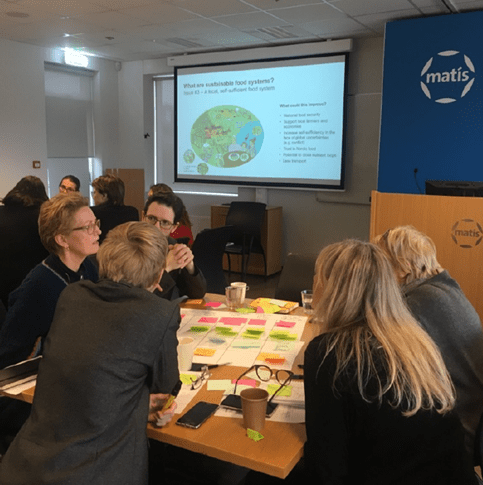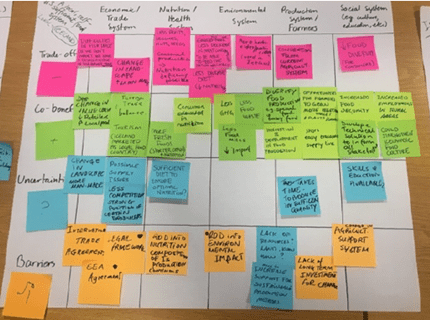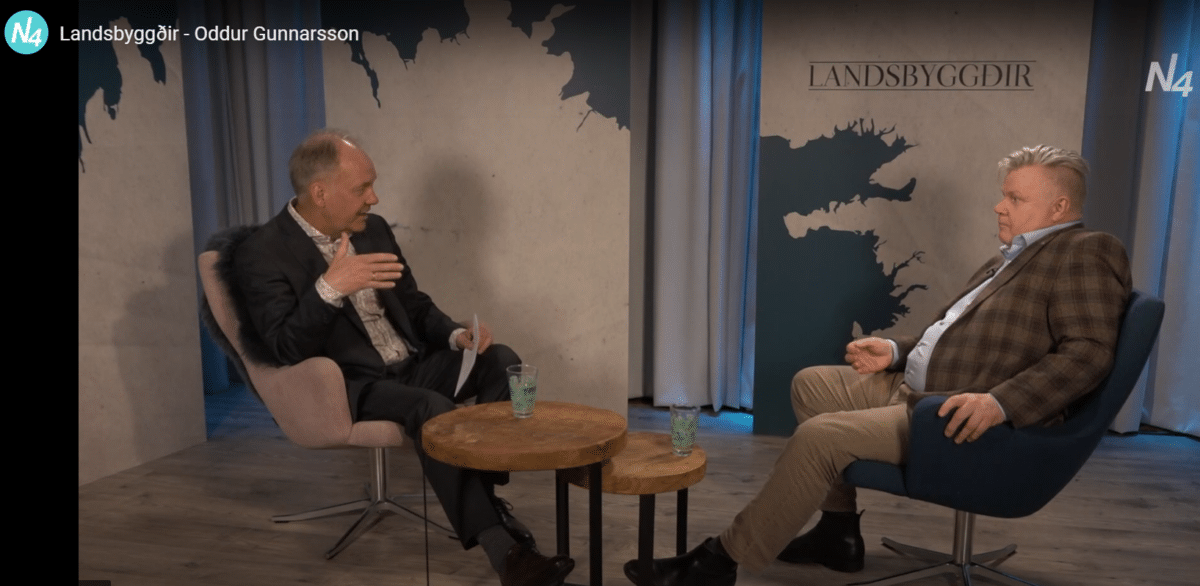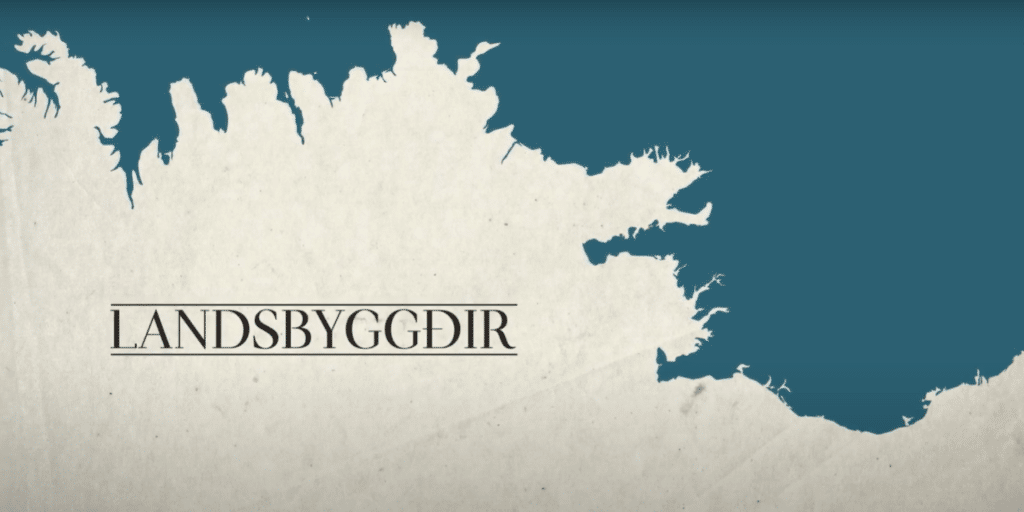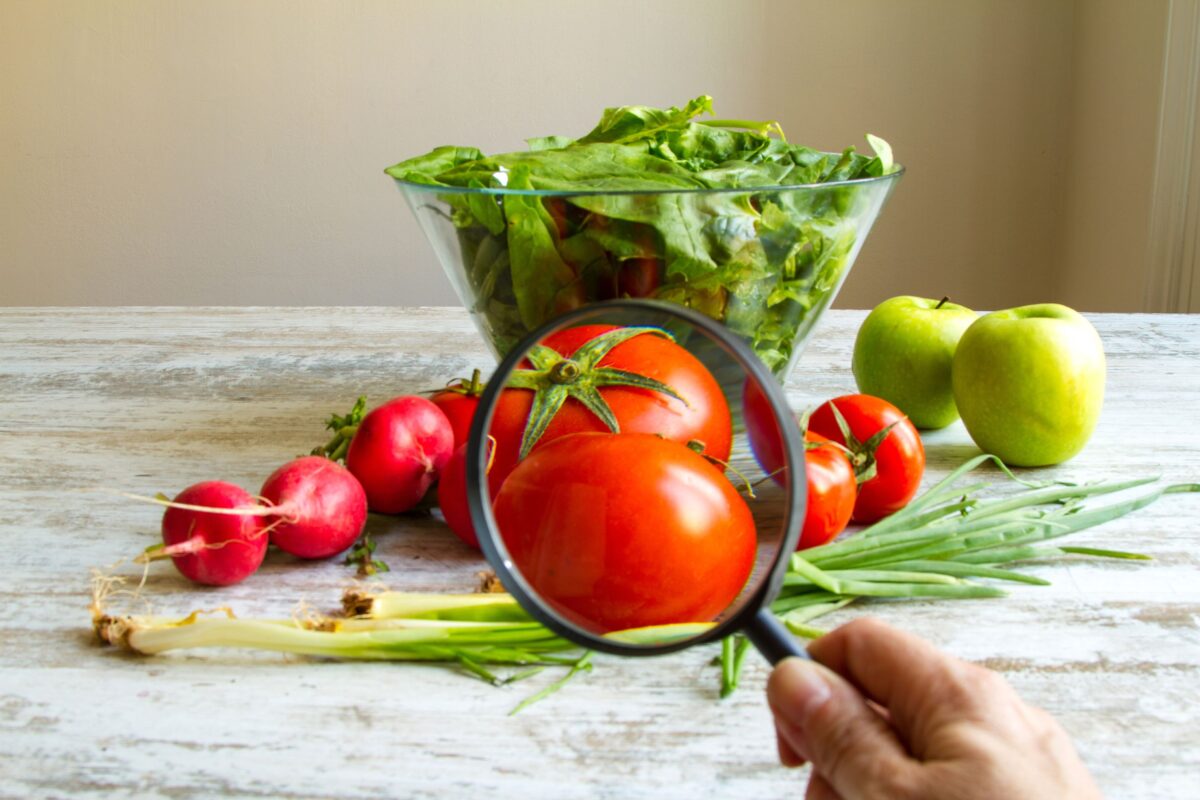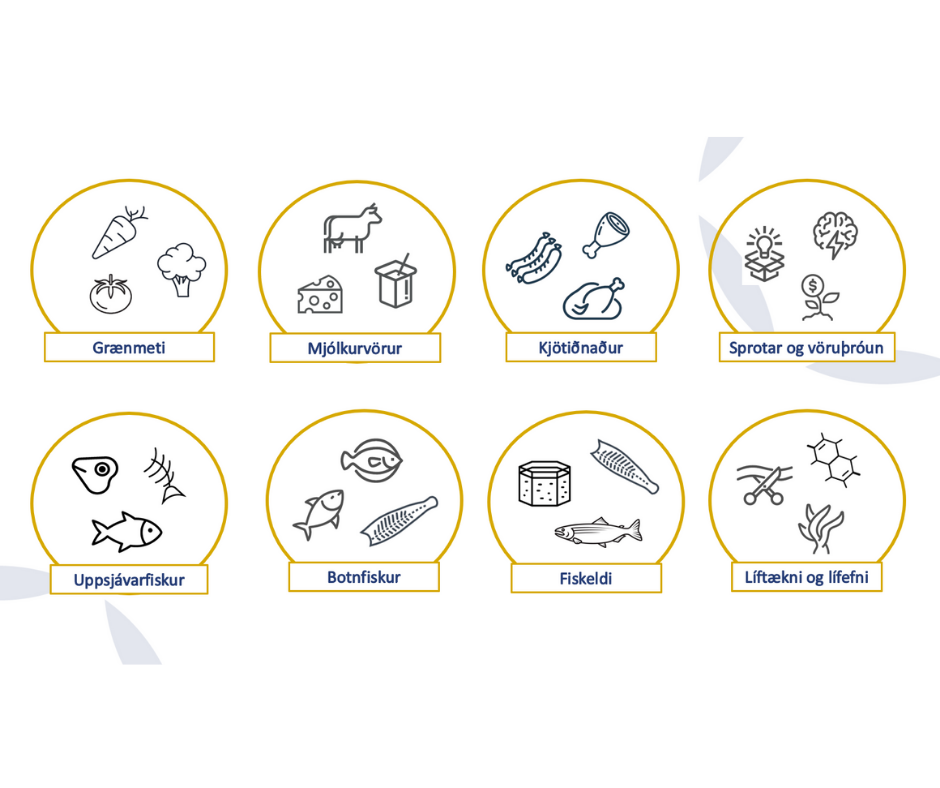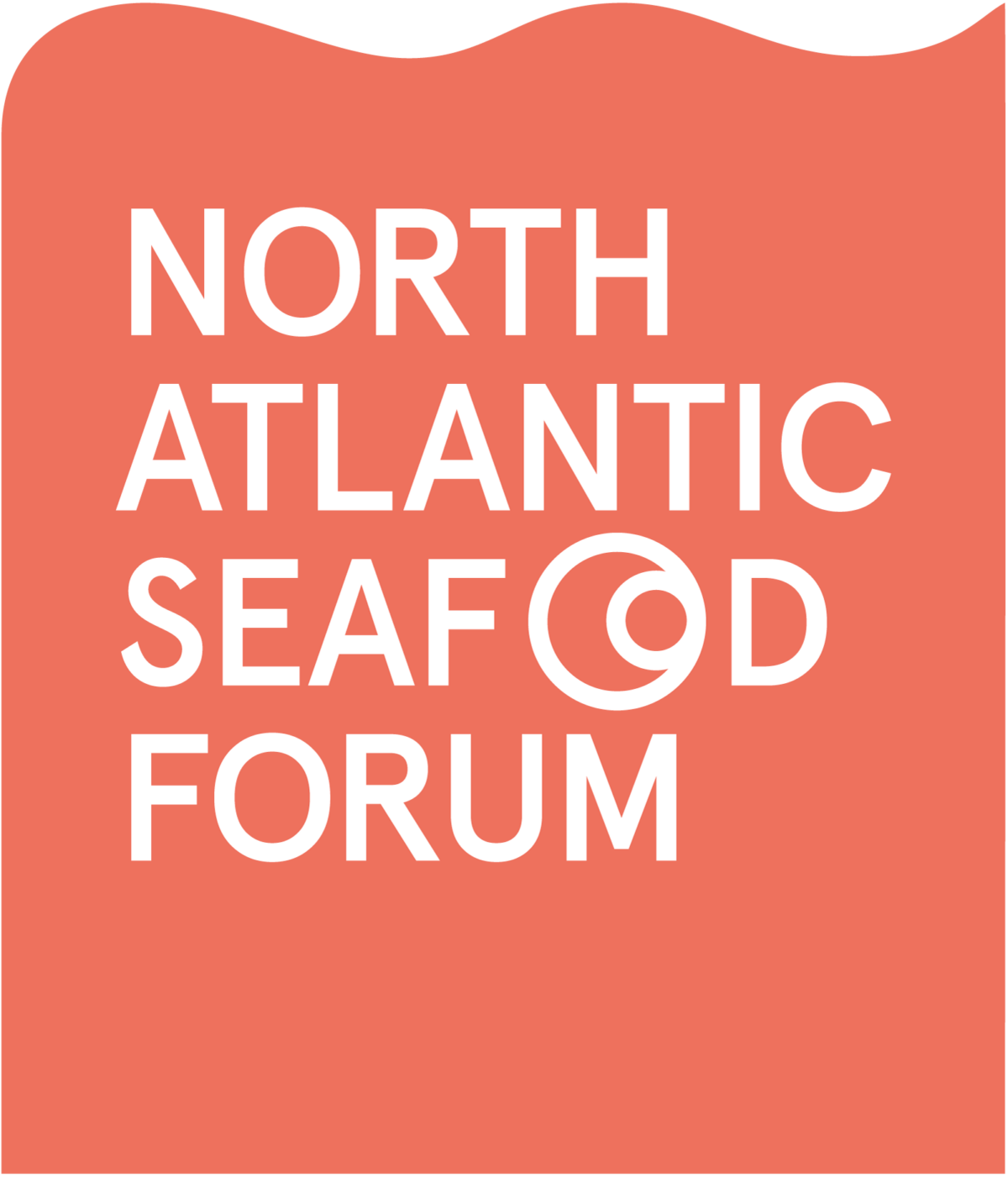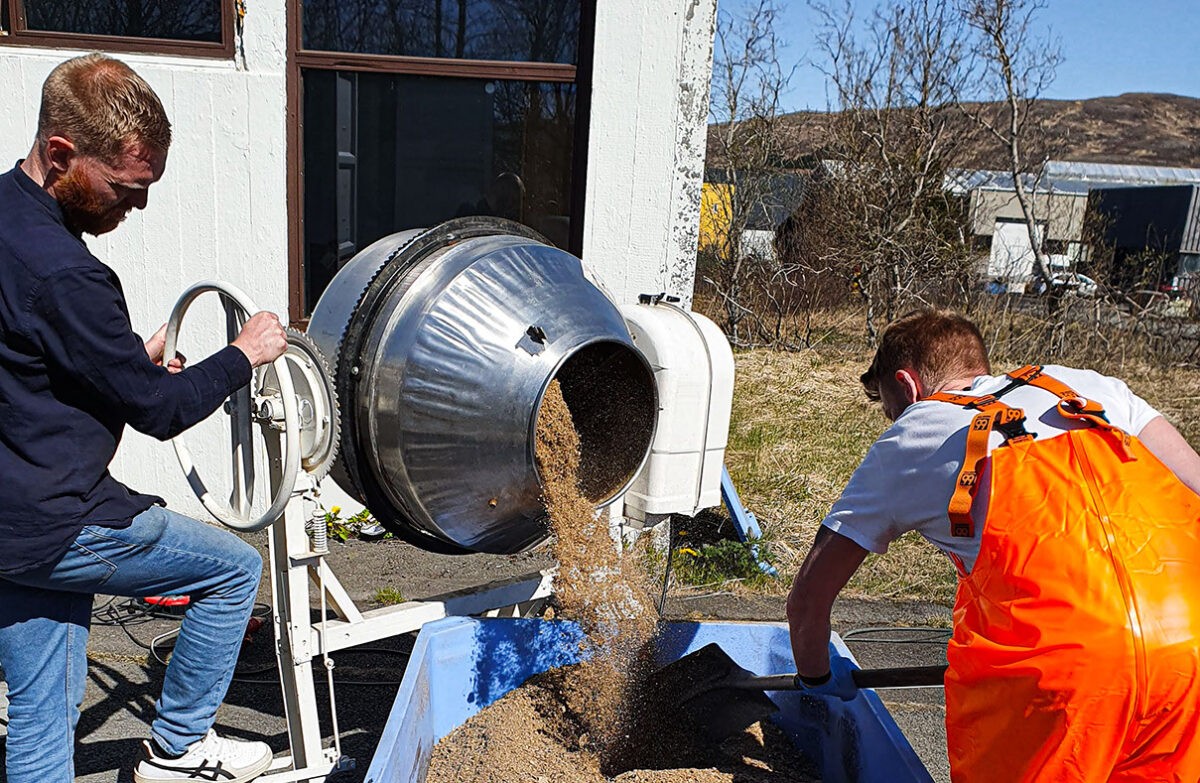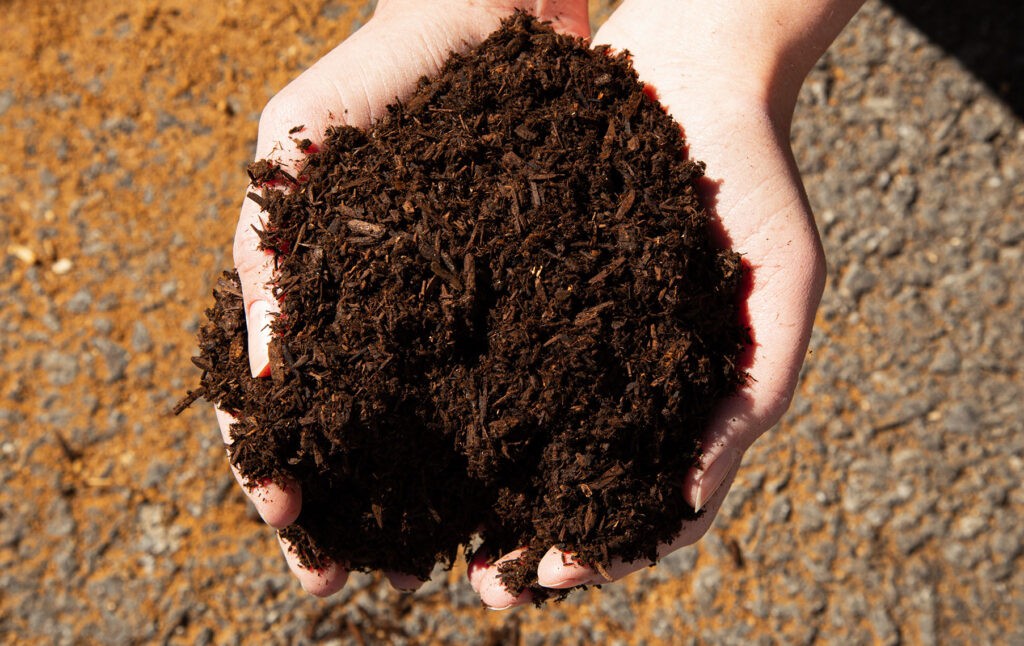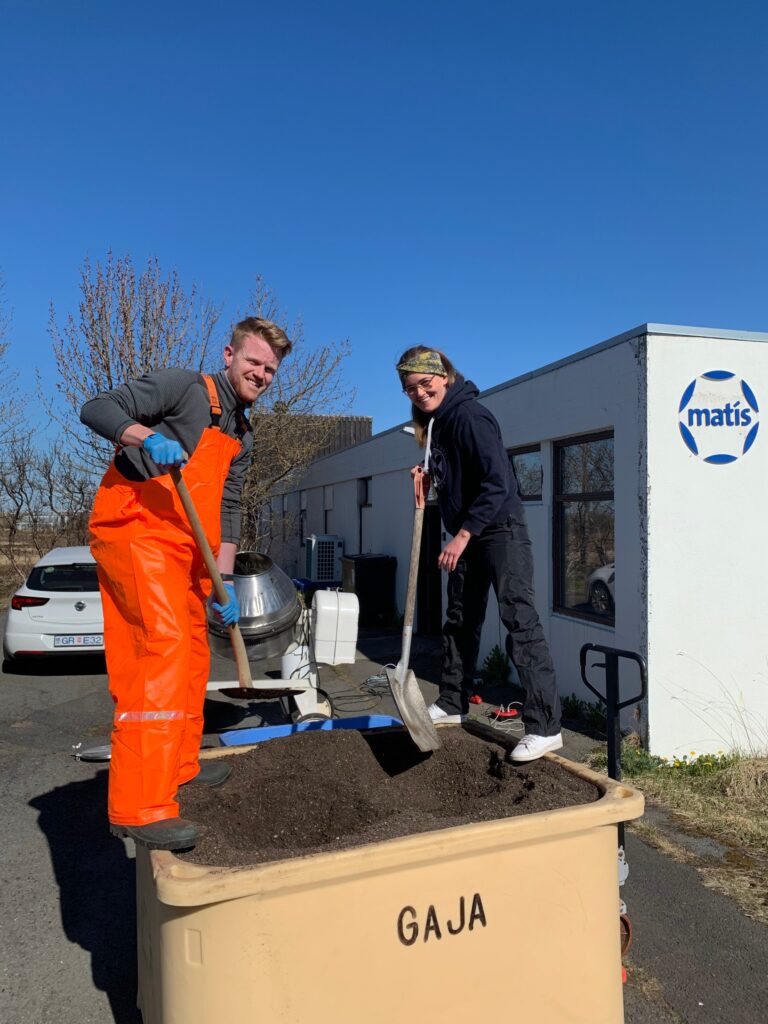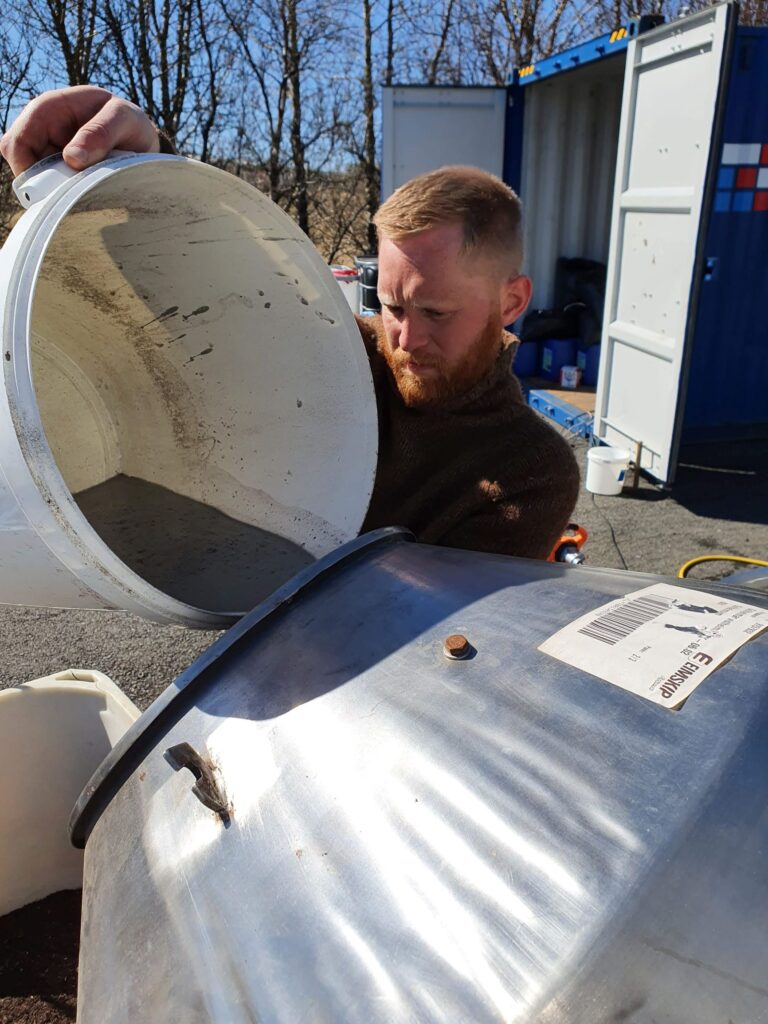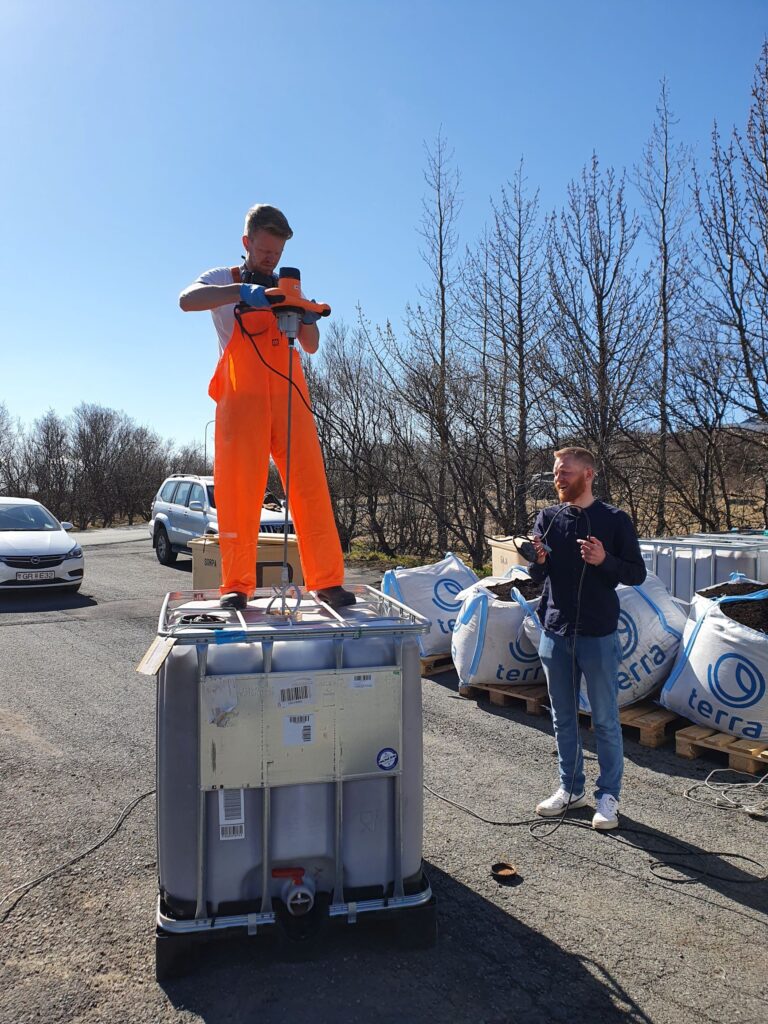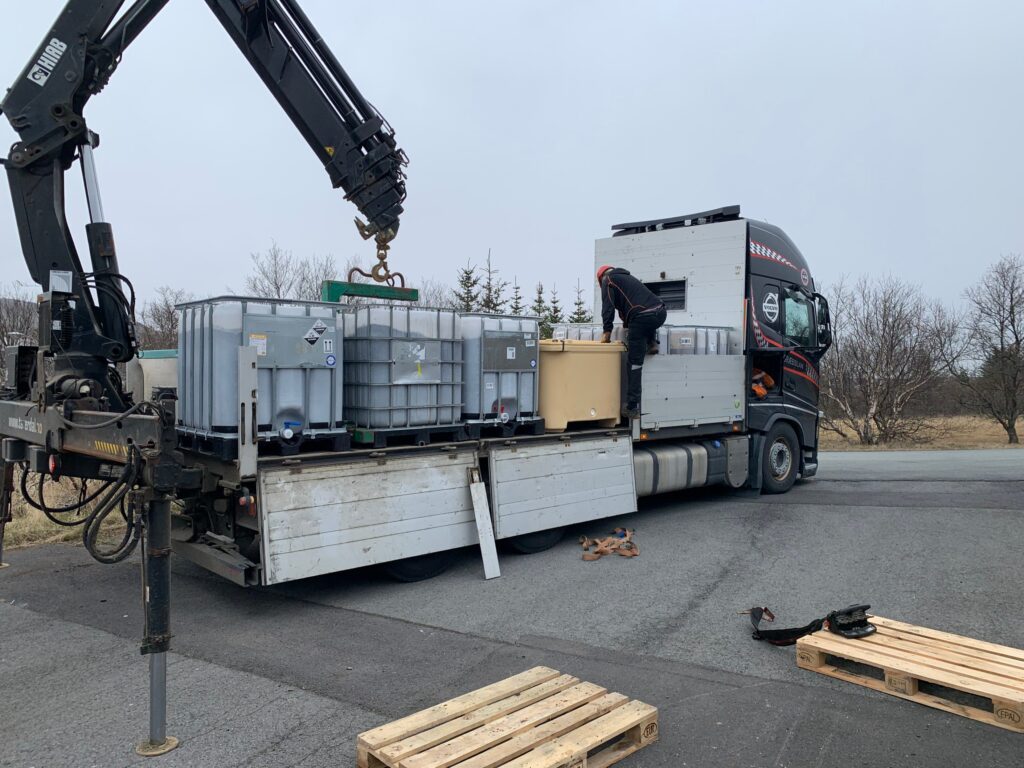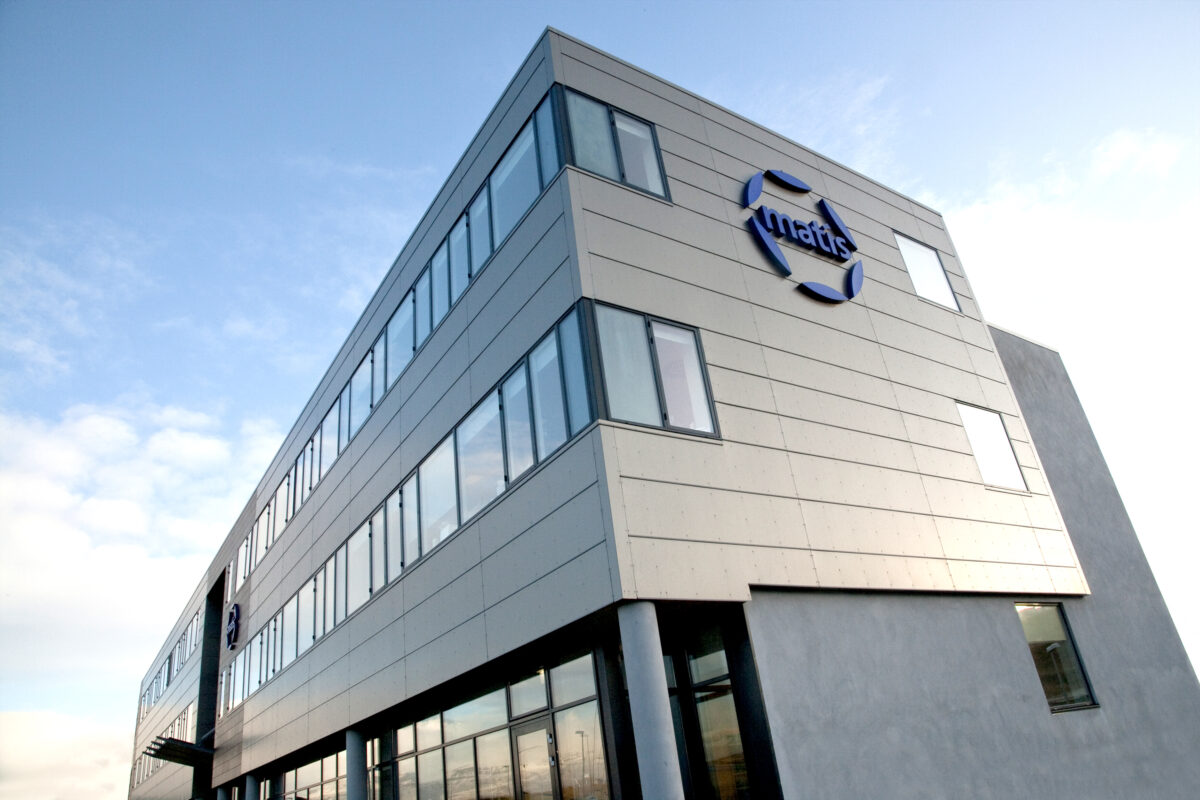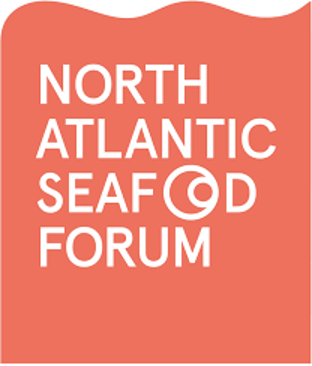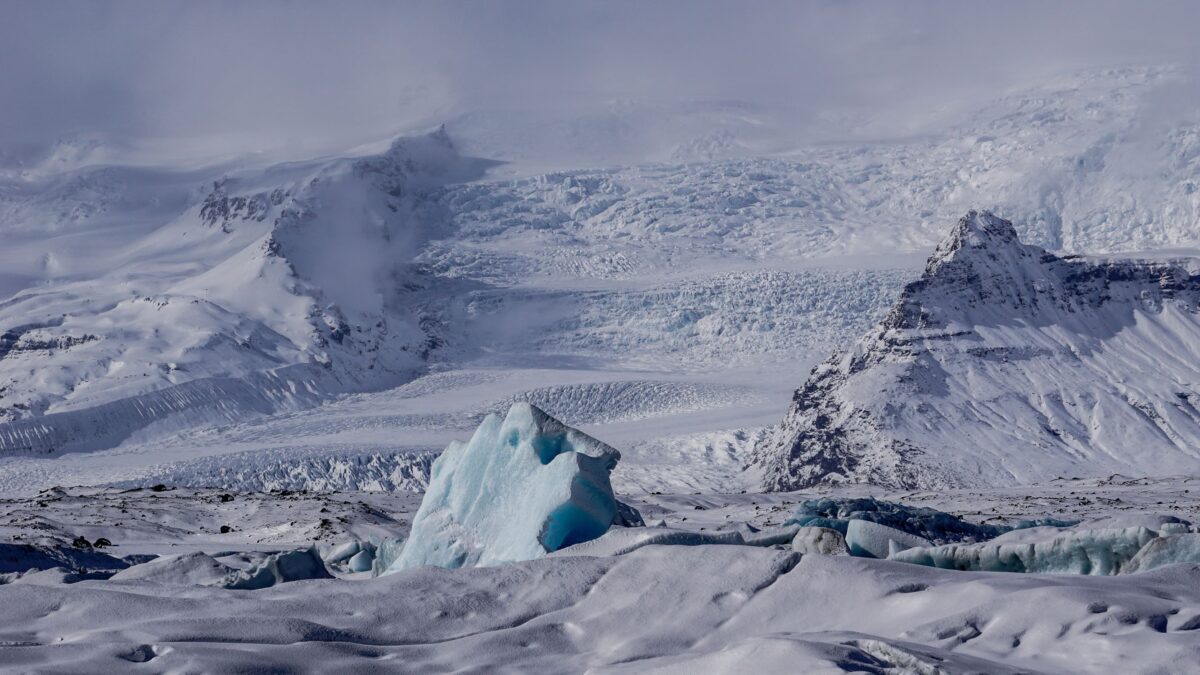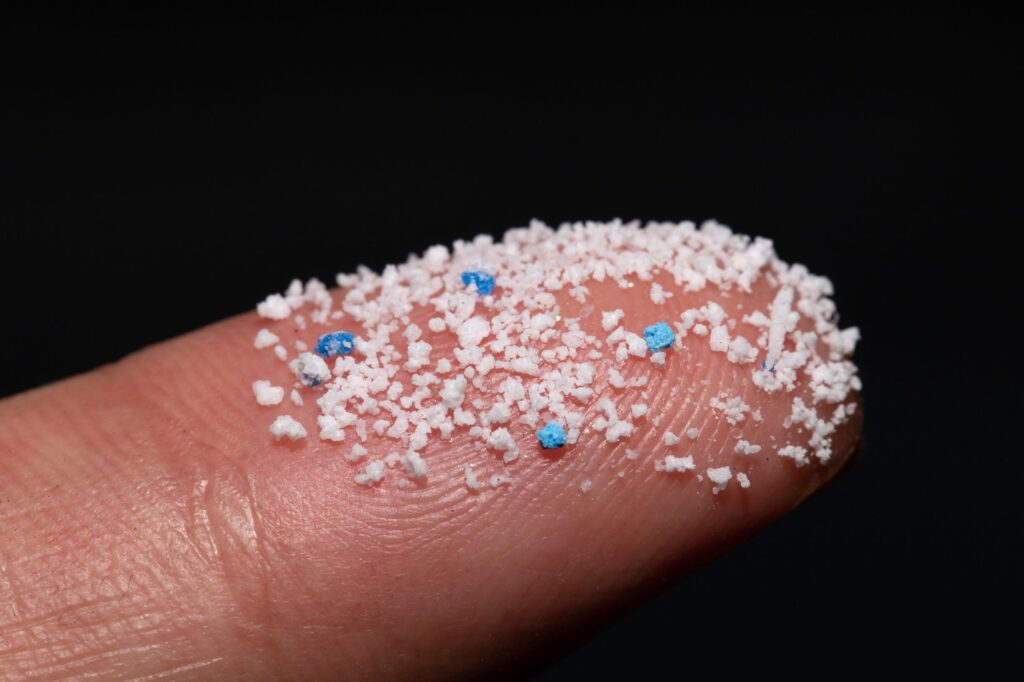Contact
Jónas Rúnar Viðarsson
Director of the Division of Research & Innovation
jonas@matis.is
The North Atlantic Seafood Forum takes place from the 8th to the 10th of October. It is clear that the conference will be one of the most significant online events in the fisheries and aquaculture industry in 2021. A total of 160 lectures will be given in 18 seminars, and more than 2000 participants are expected from around the world and from various links in the seafood value chain. Do not miss this event!
In March every year for the past 15 years, fisheries and aquaculture executives and stakeholders have flocked to Bergen to attend the North Atlantic Seafood Forum (NASF) conference. The target group of this three-day conference has traditionally been managers in the fisheries, aquaculture and related industries, ie. equipment manufacturers, marketing companies, banks, insurance companies, consulting companies, etc. Although the cost of participation has been significant, between 800 and 1,000 people have attended the event each year, which shows how important this conference is for the target group. Due to COVID, it has now been decided that NASF21 will be an online event, which provides an opportunity to increase the number of participants and reduce the conference fee significantly.
The conference will take place on 8-10. June and is expected to have at least 2,000 participants. The agenda of the conference is particularly exciting this time, but it can be seen here: Program for NASF 2021.
If there is a big link to the program, the following seminars attract special attention:
- Effects of salmon lice on aquaculture
- Aquaculture feed and its development
- Supply and demand in aquaculture
- New production methods in aquaculture
- Supply and markets for whitefish
- Women in the fishing industry
- Supply and demand for shrimp
- Investments in the fisheries sector
- Supply and markets of pelagic species
- Discussion of a key market for seafood under the auspices of the Norwegian Seafood Council
- Sustainability and marine products
Icelandic companies and individuals play a fairly large place in the program. The first to be mentioned is that Valka and Marel are among the main sponsors of the conference. The following Icelanders or parties connected to Iceland will be included in the list of speakers:
- Jón Birgir Gunnarson at Valka will discuss filleting before death
- Guðbjörg Heiða Guðmundsdóttir at Marel will discuss the digital revolution in the value chain of aquaculture
- Bjorn Hembre from Arnarlax will talk about salmon farming in Iceland
- Sturlaugur Haraldsson at Norebo will discuss the supply of white fish from Russia
- Þór Sigfússon at Sjávarklasan will discuss the utilization of additional raw materials and consider the question of whether 100% utilization is possible
- Guðmundur Gíslason will represent Fiskeldi Austfjarðar (Ice Fish Farm), Bjorn Hamre on behalf of Arnarlax (Icelandic Salmon) and Stein Ove Tveiten on behalf of Arctic Fish in an investor seminar.
- Jóhannes Pálsson will discuss the impact of Brexit on the pelagic sector
- Guðlaugur Þór Þórðarson will discuss sustainability in the fisheries sector
Participation in NASF in recent years has not been widespread, as the registration fee alone has been close to 200,000. kr. in addition, travel and accommodation in Bergen costs money. Nevertheless, over 800 people have seen reason to attend the conference in recent years. As this will be an online event, it is possible to experience NASF for a significantly lower cost. The conference fee is around 43,000 ISK (290 EUR) per participant, but then there is a volume discount available for companies that register more participants.
For example, offers are now offered, so if three participants are registered, the price will be reduced to 150 EUR / person.
All lectures will be available for at least one month after the end of the conference, so it is well worth registering, even if participants do not have the opportunity to attend the conference in "real time".
One of the most important part of participating in the NASF has always been the opportunity to gather the main influences in the fisheries sector in one place to establish and maintain partnerships. Good and secure business relationships are always based on personal communication, and NASF has played an important role in this. This time, efforts will be made to meet those needs by offering to connect parties in micro-meetings. Different "packages" are available when it comes to such connections, but the "package" that most people are most likely to choose who is interested in taking advantage of this opportunity costs 500 EUR. For that "package", the company gets its name and presentation on the "wall" and then all general participants can book a meeting with that company.
Those who are interested in receiving more information about NASF21 are advised to contact Jónas R. Viðarsson jonas@matis.is or by phone 4225107.

